Charles Caramello
Siegfried Sassoon, Foxhunting, and the Great War
Siegfried Loraine Sassoon (1886-1967), poet and novelist, platinum print, wearing military uniform with the collar badges of the Royal Welsh Fusiliers and hat, Beresford’s stamp and copyright line on verso, 6 x 4½ in (15.2 x 11.5 cm). Accessed via Wikimedia Commons, January 2019.The National Sporting Library in Middleburg, Virginia, holds some 956 books on “foxhunting,” ranging in date from J. Roberts, An Essay on Hunting (1733) to Alastair Jackson, Lady of the Chase: The Life and Hunting Diaries of Daphne Moore (2018). Anyone likely to be visiting this website will know all the familiar names, from the prolific Nimrod and Robert Smith Surtees, to the less widely published William Scarth Dixon and Willoughby de Broke (Richard Greville Verney), to writers primarily known for one seminal work: Anthony Trollope, Hunting Sketches (1865), or George Whyte-Melville, Riding Recollections (1878).
The Library’s holdings from the twentieth century alone total an impressive 602 works. They also include many by familiar names, such as the “standards” J. Stanley Reeve and A. Henry Higginson or, more recently, Michael Clayton and Alexander Mackay-Smith, as well as a number of influential works by women writers, such as Lady Diana Shedden and Lady Apsley, “To Whom The Goddess . . .”—Hunting and Riding for Women (1932), Lida Fleitmann Bloodgood, Hoofs in the Distance (1953), and E.V.A. Christy, Cross-Saddle and Side-Saddle (1932), one of many books on equitation that include the demands of riding across country.
Many of the 20th century works, most of them held by NSLM, date to the interwar years. Citing 177 examples, Anne Grimshaw (see list of Works Cited below) has estimated that books specifically on hunting published in England between 1919 and 1945 accounted for “25% of the total output of equestrian literature” (Grimshaw, 160). Included in this group is at least one title of signal literary merit: Memoirs of a Fox-Hunting Man, published by the distinguished poet Siegfried Sassoon in 1928 as the first volume of what would become a Great War trilogy, The Complete Memoirs of George Sherston (1937).
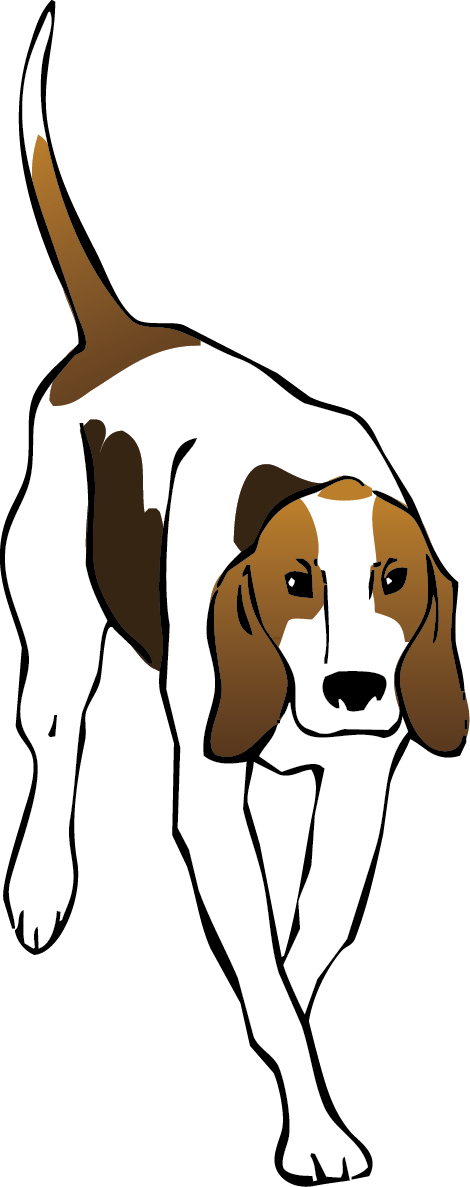

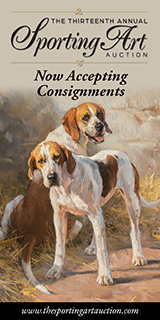
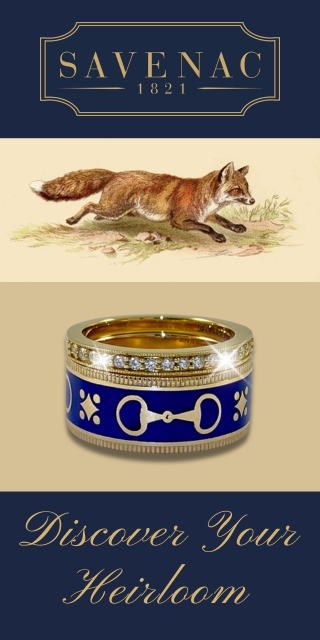





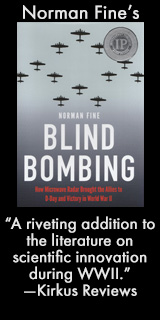
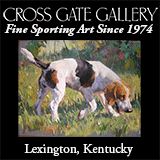
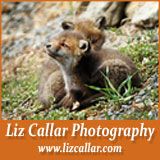
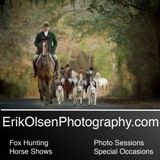
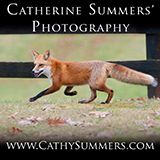

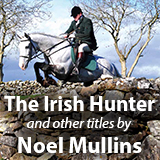
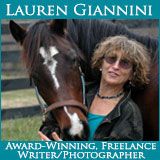
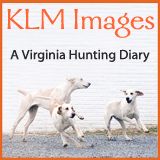
Foxhunting and the Cavalry Spirit
This scholarly examination of how English foxhunting and European manège schooling influenced warfare as it was waged and as it evolved over the last three centuries of European conflict is extracted from the author's forthcoming book, Horsemen, Horsesoldiers, and Grand Illusions by Professor Caramello, for the readers of Foxhunting Life.
An earlier article titled, “Siegfried Sassoon, Foxhunting, and the Great War” (Foxhunting Life, March 27, 2019), focused on Sassoon’s Memoirs of a Fox-Hunting Man (1928) and its companion volume Memoirs of an Infantry Officer (1932), semi-autobiographical works of Great War fiction. It proposed that Sassoon, in those works, developed a complex and nuanced comparison and contrast between fox hunting in untroubled English “countries” and trench fighting in the “waste land” of the Western Front. It also pointed out that Sassoon did not invent this parallel between fox hunting and warfare, but, on the contrary, was visiting, intentionally and pointedly, a recurring theme in British equestrian and military writing in the 18th and 19th centuries and the first decades of the 20th century: fox-hunting as ideal preparation for cavalry service and leadership. The following article briefly sketches some aspects of that theme.